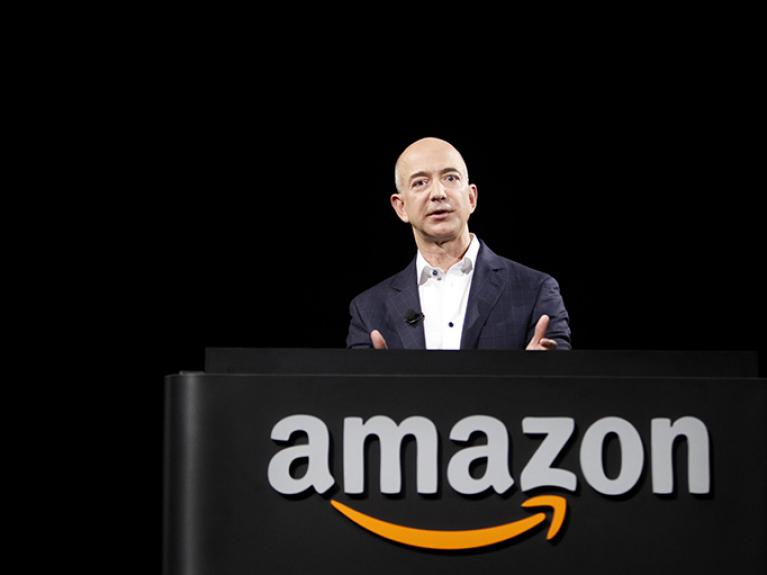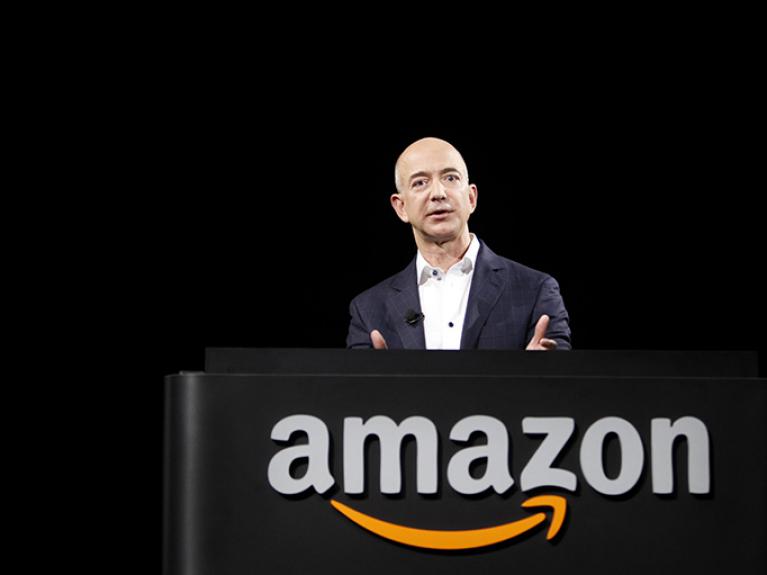
Every minute counts during the super-critical Black Friday shopping weekend, especially for retailers with digital channels.
Yet, some retailers are still scrambling to get their IT systems ready — even at this final hour. Every application that goes down during Black Friday weekend costs retailers an average of $38,855 per hour. Worse, the approximate time to resolve these problems for retail companies is five hours, according to new data from AppDynamics.
While making big sweeping changes isn’t possible at this stage of the game, retailers still must assess what’s in place and ensure that digital solutions and supporting services will be reliable and available this Black Friday weekend.
Here are a few strategies that can help:
Conduct large volume load tests. The best way to stay on top of potential glitches is to constantly test digital systems. While retailers conduct volume tests all year long, they should be conducting large load tests to ensure that networks can handle the increased volume expected this weekend.
Even just testing 20% beyond the highest volume online sites managed last year — and in short periods of time — will help administrators identify potential failure points, and understand the flexibility and scale of systems. It will also keep IT managers abreast of failover processes, as well as forecast the time and effort needed to recover from potential crashes.
Leverage application monitoring solutions. Knowing how well the business is performing “is the most important tool retailers can implement ahead of busy shopping periods,” according to Gregg Ostrowski, regional chief technology officer at AppDynamics.
This software not only ensures that digital applications stay online under heavy traffic, they also offer clear visibility into the entire customer journey in real-time from the moment customers open the application to the moment they check out. It is a conduit for IT and leadership teams to connect the performance of the application to the performance of the overall business, allowing them to resolve issues in real time before the customer, and in turn the business, is ever negatively impacted.
Make inventory visible across all channels. Consumers want more options to receive their merchandise, an issue that makes buy online, pick-up in-store (BOPIS) a pre-requisite service for all omnichannel retailers this year. However, the success of BOPIS lives and dies with inventory visibility.
A fully transparent and integrated system alleviates employee and customer frustration caused by out of stock or sold out merchandise. In addition to frustrating customers, unavailable merchandise is the quickest way to drive holiday shoppers into the arms of competitors.
Step up BOPIS order and staff training. According to FieldAgent’s “An Old-Fashioned, Omnichannel Christmas” study, 50% of customers plan to utilize BOPIS this holiday season. This means the department will be hopping — and there will be a constant rush of orders for store associates to manage.
Customers expect in-store pick-up to be a frictionless experience, especially during the holidays, so now is the time to review, and retrain staff, if necessary, on how orders are organized.
“During the hustle and bustle of the holiday season, any time a customer spends waiting is too long,” said Penny Lasater, senior product manager, automate product solutions, Package Concierge. “Quick access by the store associate in retrieving the order makes a difference.”

